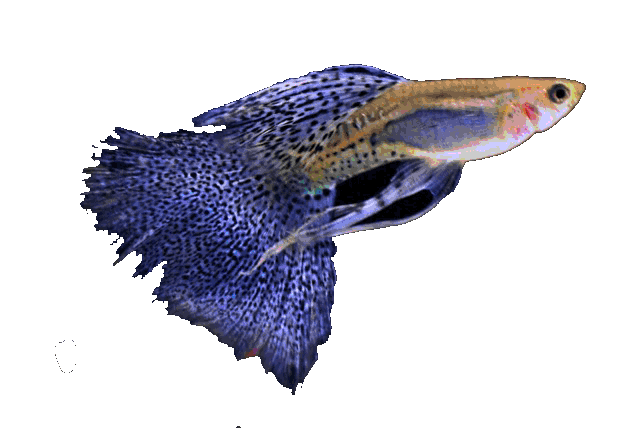
-
Girardinus caudimaculatus / Hensel, 1868
Basic data:
Scientific name: Phalloceros caudimaculatus (Hensel, 1868)
Slovenian name: Spotted Gambuzija, Leopard fish
Group: Livebirds
Origin: According to Lucindi (2008), its natural area includes the Lagos dos Patos system, the Uruguayan rio, the Tramandaí rio and the Mampituba rio and the Rio Grande do Sul, Brazil, plus the coastal system of Uruguay and Argentina.
Size: Males: 3.5 cm, females: up to 7 cm
Biotope / Habitat : Found in heavily overgrown streams, slow-flowing rivers and ponds
Social behavior: It is best to have it in your aquarium
Diet: Omnivores (worms, insects, insect larvae, crustaceans, flakes, algae, dry food), a necessary addition to plant foods.
Cultivation: Easy
Aquarium: Minimum 50 liters
Population: trio in 50 liters of water
Decoration: Plants, stones, roots
Temperature: 16-24 ° C
pH: 7-8
Hardness: from 8 ° dGh to 20 ° dGh
Life span:
Synonymous


Kingdom: Animalia / animals
Trunk: Chordata / string players
Class: Actinopterygii / arthropods
Order: Cyprinodontiformes / Toothpicks
Family: Poeciliidae / live-bearing toothed carp
Genus: Phalloceros
Species: Phalloceros caudimaculatus
(Hensel, 1868)
Phalloceros caudimaculatus
Spotted gambusia


